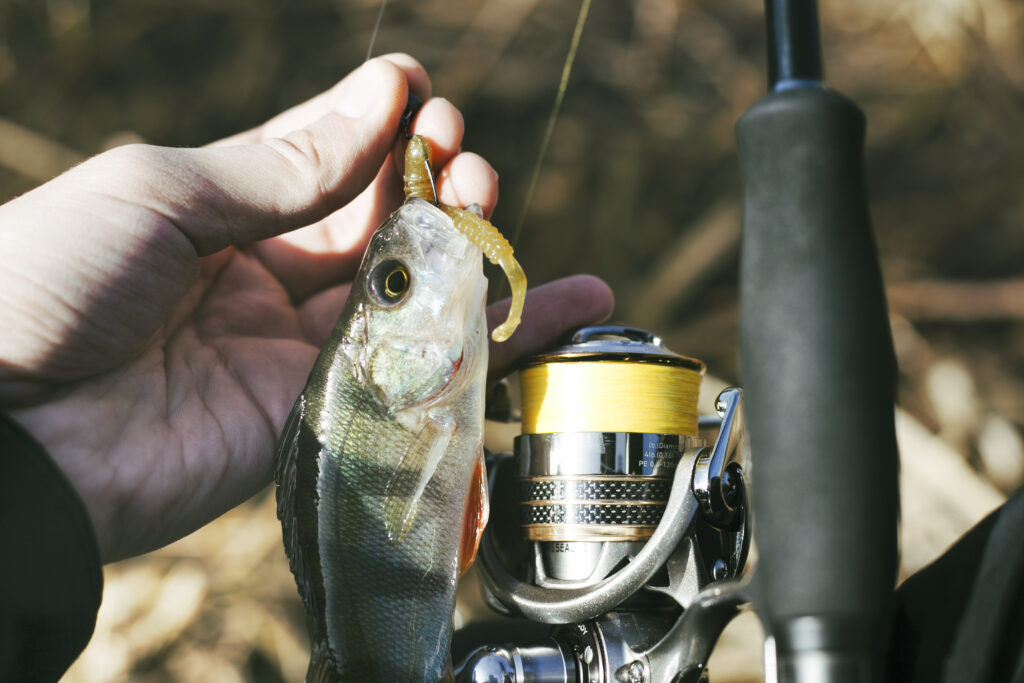Key Takeaways
- Familiarize yourself with different saltwater fishing reel types and their specific strengths.
- Focus on key features such as material, drag system, and gear ratio to match your specific fishing goals.
- Commit to proper cleaning and routine maintenance to extend the life of your reel.
Table of Contents
- Types of Saltwater Fishing Reels
- Essential Features to Consider
- Maintenance Tips for Longevity
- Conclusion
Stepping into the world of saltwater fishing promises exhilarating adventures, whether you’re casting from the shore or venturing out on a boat. A critical piece of gear for your success and enjoyment is the fishing reel you use. The market offers a dizzying array of choices, but choosing the right saltwater fishing reels can make all the difference in your experience, performance, and the longevity of your equipment.
Saltwater presents unique challenges for anglers, from the corrosive effects of salt spray to battling powerful fish. A quality reel is more than a convenience — it’s an essential tool for handling these conditions and maximizing your catches. Whether you’re new to fishing or looking to upgrade your tackle, this guide will help you identify and select a reel that matches your targets, preferred style, and budget.
Before diving into the specifics of reel types and features, it’s essential to consider how your own needs and the typical fishing environments you’ll encounter will influence your choice. Factors such as the species you’re after, the weather, and even your physical comfort come into play. With an understanding of these basics, beginners can approach the world of saltwater fishing with confidence and clarity.
For those new to the market and looking to browse or compare a range of saltwater reels, it’s helpful to explore specialized retailers that offer dedicated models for various applications. This lets you see firsthand the differences in construction, capacity, and features, all tailored for the harsh conditions of saltwater angling.
Types of Saltwater Fishing Reels
Saltwater reels are engineered for demanding conditions and bigger fish. Understanding the major types, each suited for different styles and levels of experience, will help you invest in a reel you won’t outgrow quickly.
Spinning Reels
Spinning reels are, hands down, the most popular starter choice for saltwater anglers. Their open-face design and external bail system make them intuitive to cast and less prone to backlashes. This versatility allows you to cast everything from lightweight lures for inshore species to heavier baits for coastal predators. Spinning reels also excel at handling windy conditions, which are common on saltwater outings, and are generally easier to maintain.
Baitcasting Reels
Baitcasting reels provide greater casting distance and pinpoint accuracy, making them a favorite among more experienced anglers. These reels enable powerful, controlled casts, making them ideal for targeting sophisticated species like snook or tarpon. They require a bit of a learning curve, particularly in avoiding backlash, but once mastered, baitcasting reels can handle larger baits and bigger fish with ease. Their strong drag systems and durable builds make them excellent for tough battles.
Conventional Reels
Designed for heavy-duty applications, conventional reels (also known as trolling or overhead reels) shine in deep-sea fishing and situations where brute strength is essential. These reels offer substantial line capacities for targeting large game species, including tuna, marlin, and grouper. Their robust construction and high-torque gears are ideal for vertical jigging, trolling, and deep dropping.
Essential Features to Consider
The best saltwater fishing reels share a set of essential qualities, all aimed at enhancing both performance and durability:
- Corrosion Resistance: Saltwater can quickly deteriorate ordinary gear. Look for reels crafted from marine-grade materials such as anodized aluminum, graphite, or sealed stainless steel. Protective coatings and watertight designs provide additional protection against rust.
- Drag System: The drag lets you control the resistance a fish feels when pulling on your line, helping you fight strong, fast fish without breaking off. Smooth, sealed drag systems — often using carbon fiber washers — are favored for their reliability under heavy loads and resistance to saltwater damage.
- Gear Ratio: This indicates the number of times the spool turns for each crank of the handle. Fast ratios (6:1 or above) are excellent for retrieving lures quickly, while lower ratios (4:1) give you the power to wrestle in stubborn, heavy fish.
- Line Capacity: Large saltwater species often require significant amounts of line. Always check the reel’s capacity in terms of both line type (monofilament or braided) and pound-test rating for the fish you intend to catch.
- Ball Bearings: High-quality, sealed stainless steel bearings keep your reel running smoothly, even after repeated exposure to saltwater. The more bearings a reel has (with proper sealing), the smoother and more reliable it tends to be under pressure.
Maintenance Tips for Longevity
Consistent care is the secret to getting years of reliable service from your saltwater reel. Even the highest-end models require basic maintenance practices to prevent corrosion and mechanical failures. For anglers seeking to go beyond the basics, exploring aftermarket performance enhancements can also make a significant difference in long-term reliability and efficiency, as explained in this guide from Marlin Magazine.
- Rinse After Use: After each trip, rinse your reel under gentle freshwater pressure to remove salt and sand. Avoid using strong jets that could push salt deeper into internal components.
- Lubricate Moving Parts: Use reel-specific oils and greases to keep gears, bearings, and drag washers in peak condition. A regular lubrication schedule prevents the buildup of friction, staves off corrosion, and supports a smoother cast and retrieve.
- Store Properly: Dry off reels thoroughly before storage. Keep your gear in a superb, dry location, away from sun and salt-laden air. Reel covers or cases offer additional protection during transport and storage.
- Inspect Routine: Check your reel for signs of wear, loose screws, or buildup. Addressing minor issues early extends the reel’s service life and reduces the risk of breakdowns on the water.
Conclusion
Picking your first saltwater fishing reel doesn’t have to be overwhelming. By understanding the basic types available, prioritizing corrosion resistance, drag smoothness, gear ratio, and making routine maintenance a habit, you will set yourself up for countless successful and enjoyable outings. With an informed approach, you’ll spend less time worrying about your equipment and more time engaging with the ocean’s thrilling challenges.



